Tue 2 Jul 2019
A gallery of unexpected scenes encountered in France, Burma, Thailand, El Salvador, and Guatemala
Posted by DavidMitchell under Dave Mitchell, History, Personal
Comments Off on A gallery of unexpected scenes encountered in France, Burma, Thailand, El Salvador, and Guatemala
Caveat lectorem: When readers submit comments, they are asked if they want to receive an email alert with a link to new postings on this blog. A number of people have said they do. Thank you. The link is created the moment a posting goes online. Readers who find their way here through that link can see an updated version by simply clicking on the headline above the posting.
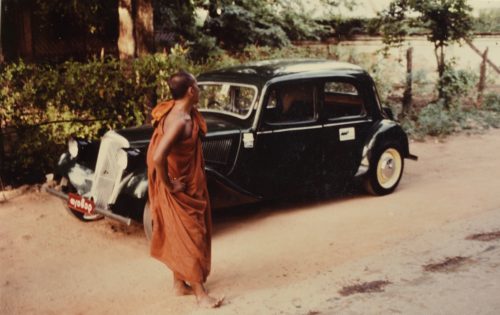
A Buddhist monk in Mandalay, Burma, admires a classic car back in 1986 when there were no new cars on the road. In 1989, the military government changed the country’s name to Myanmar because Burma was the name the British used when the country was their colony. Some citizens, however, question the military’s right to change their country’s name, and many continue to use the name Burma. The name comes from the name of the country’s largest ethnic group, the Bamar.
As a journalist I’ve always enjoyed photographing unexpected scenes. Here are a few I’ve found in the past 45 years.
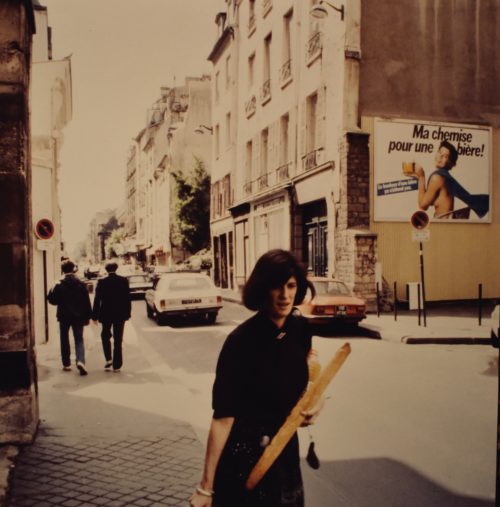
A tired maid in Paris heads to work to prepare her employers’ dinner oblivious of the carefree billboard that merrily offers: “My blouse for a beer.” (circa. 1977)
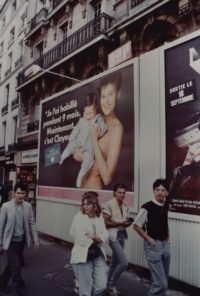
“I clothed her for nine months. Now it’s Cleyeux.” The French company sells clothing for infants. (Paris, circa. 1978)
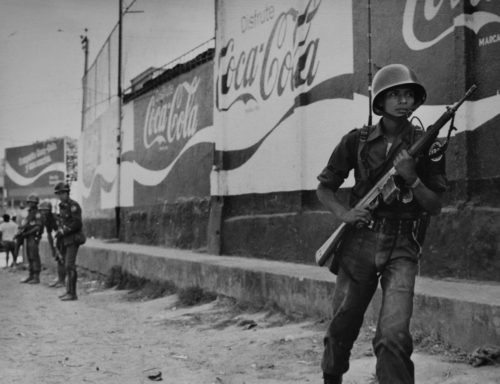
Enjoying themselves? Salvadoran soldiers in 1982 guard a Coca Cola bottling plant in San Salvador against leftist guerrillas. Ironically the Coca Cola sign looming in the background is headed “Disfrute,” which translates as “Enjoyment.”
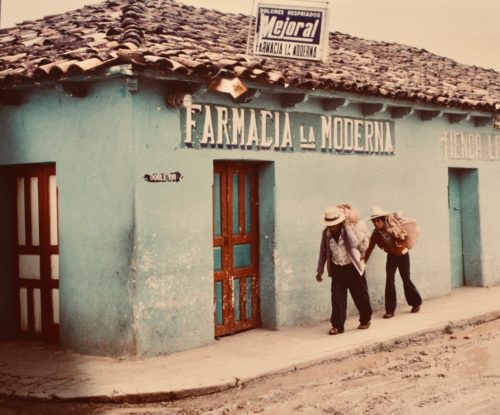
Another ironic sign: The “Modern Pharmacy” in rural Guatemala, 1982.
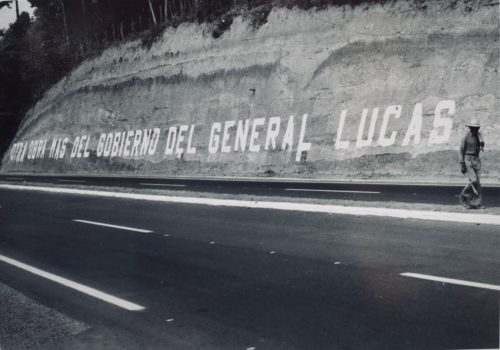
When a high-speed highway from Guatemala City to Antigua was built in the 1970s-80s, Guatemala’s strongman, General Lucas Garcia, saw it as a chance for political propaganda. The sign says “One More Work of the Government of General Lucas.” However many local workers, like this pedestrian, couldn’t afford to drive it.
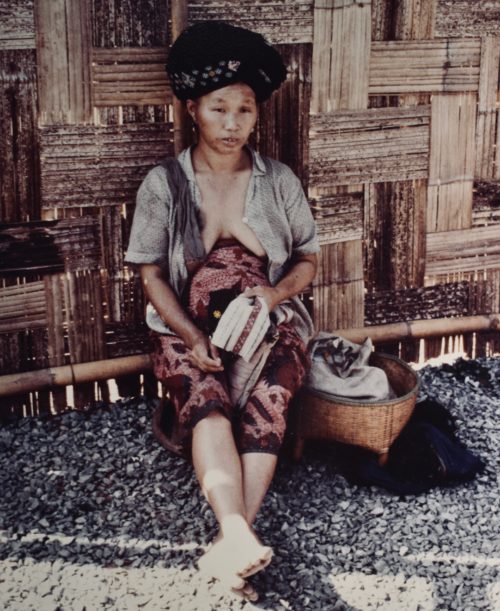
How a Third World country dealt with refugees. After America’s Southeast Asian wars ended in 1975 and the communist Pathet Lao took full control of Laos, at least 375,000 Laotians (more than a tenth of the country’s population) fled into neighboring Thailand. The Thais working with the UN lined up third countries, including the United States, to provide new homes for 250,000 of them. About 50,000 surreptitiously settled in Thailand, and another 3,000 returned to Laos. The Thai government housed the rest in a variety of camps. This refugee woman is sewing in a camp along the Mekong River, 1986. Many refugee men farmed small plots within the camp.
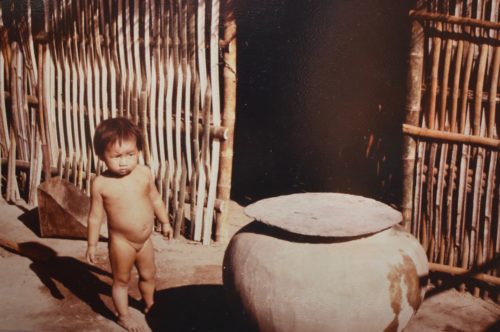
A Laotian refugee girl keeps an eye out for her mother, who has gone to the camp’s well.
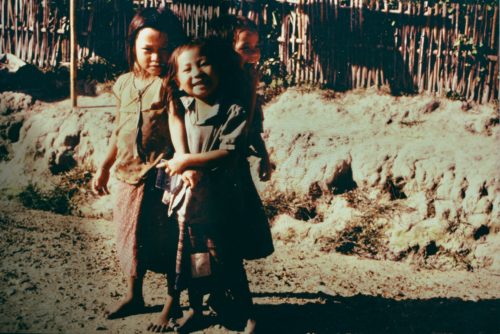
Three other refugee children were clearly having a good time.

No Responses to “ A gallery of unexpected scenes encountered in France, Burma, Thailand, El Salvador, and Guatemala ”
Sorry, comments for this entry are closed at this time.